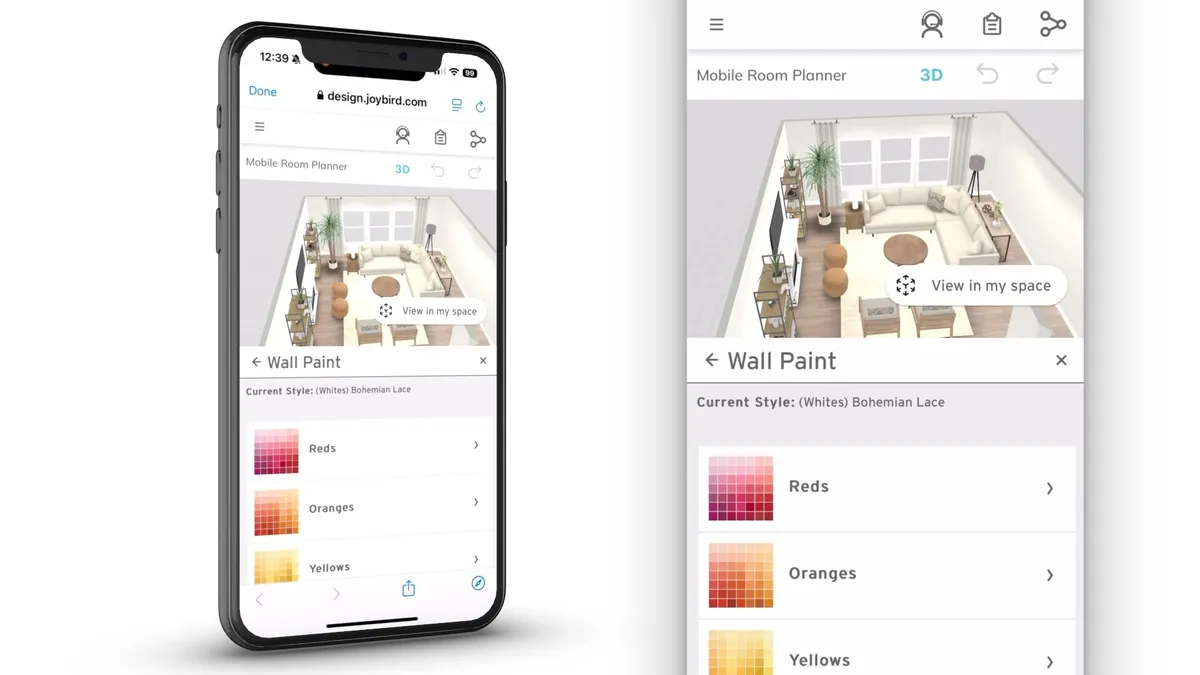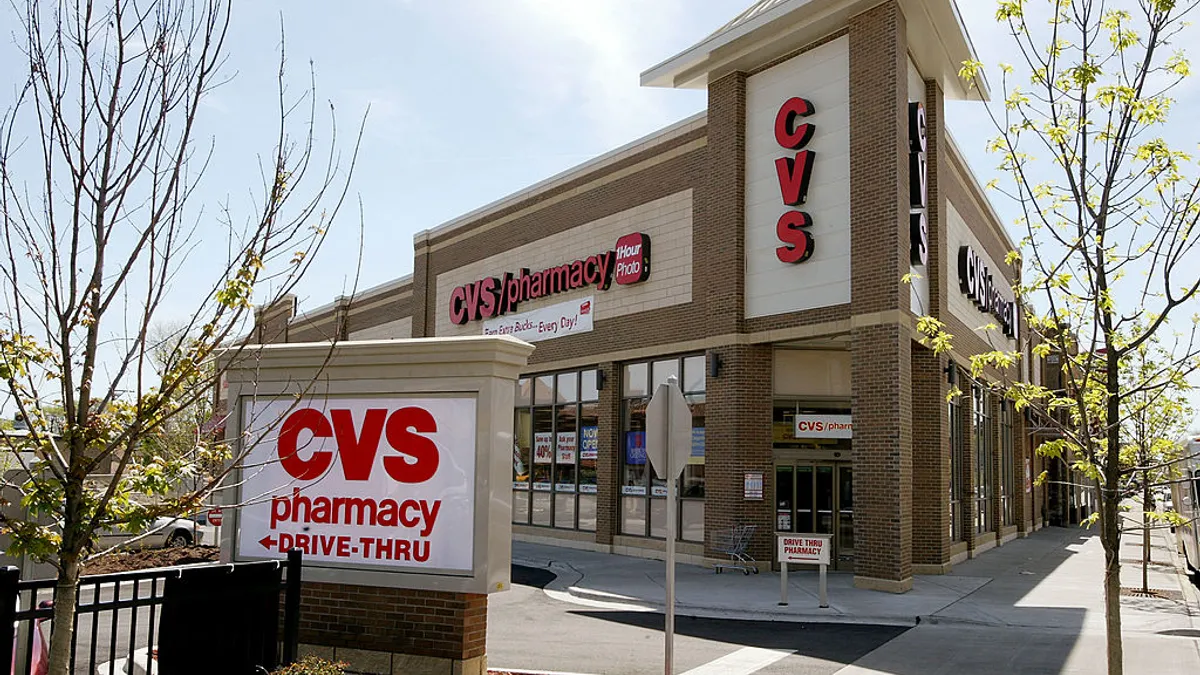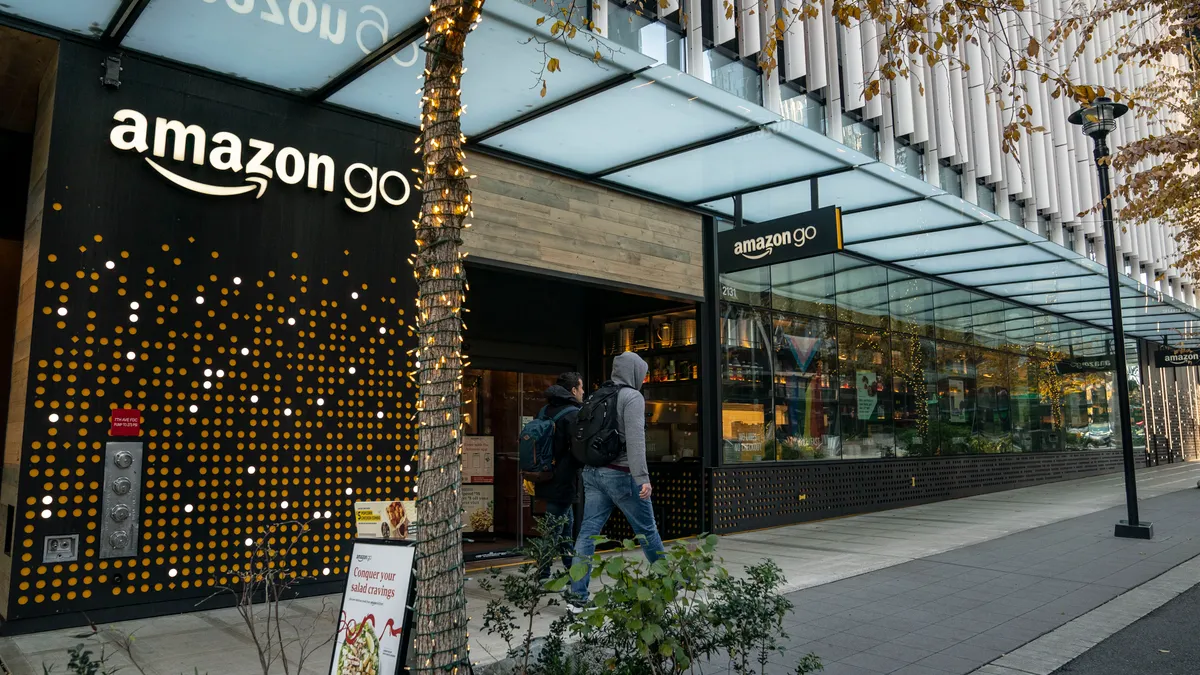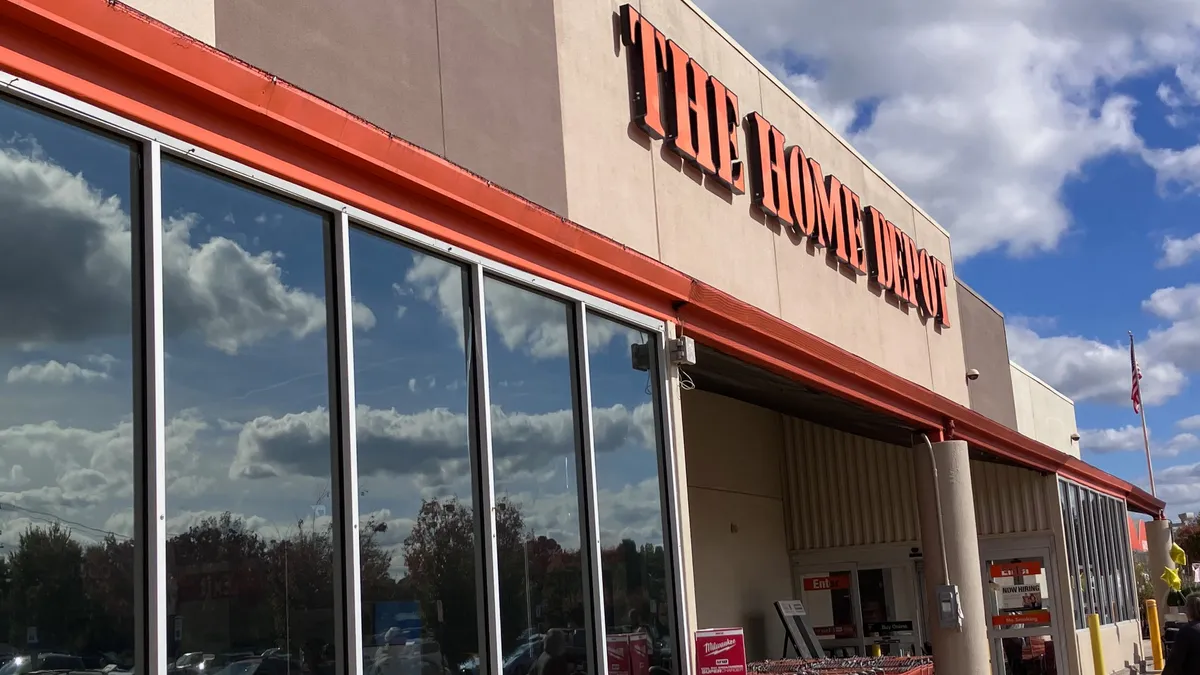Mobile is rapidly and thoroughly transforming how consumers shop. 77% of all online shoppers use a smartphone at some point in the purchase process, according to shipping giant UPS’s fifth annual Pulse of the Online Shopper study, released in early June. Of those shoppers, 44% of them make purchases on their phones, 29% use their phones to make in-store payments, and 82% access retailer apps. Millennials, now the largest segment of the U.S. consumer population, are the consumers most likely to shop on their smartphones, UPS adds.
But retailers are struggling to keep pace with the mobile masses. Many presenters and panelists at the recent Internet Retailer Conference + Exposition expressed frustration and confusion over the mobile user experience. They confessed they’ve yet to differentiate the mobile shopping experience from its desktop predecessor and acknowledged they've failed to properly exploit the unique features and functionalities of the mobile channel, like location marketing and push messaging.
None of this is news to Raj Aggarwal, the co-founder and CEO of mobile engagement platform Localytics. The Boston-based firm, which supports more than 6,000 customers and reaches 37,000 apps, 2.7 billion devices and 120 billion data points monthly, reported earlier this month that e-commerce and retail apps experienced significant declines in user engagement and user retention between the fourth quarter of 2015 and the first quarter of 2016, indicating that many merchants don’t know their mobile users or what they want.
Days prior to the app engagement study’s release, I met with Aggarwal at IRCE 2016 to discuss retail’s mobile malaise, why merchants are struggling and how they can right the ship. Our conversation has been edited for clarity and length.
RETAIL DIVE: Based on the conversations you’re having here at IRCE, where are retailers in terms of their mobile evolution?
AGGARWAL: Retailers are struggling with mobile. One reason is because they’re not fundamentally very well organized to attack mobile. What I mean by that is mobile is a channel that enables so many opportunities. Unlike the web, which is one-way, one-directional, static delivery of content, mobile creates the ability to have bi-directional communication with the user—a dynamic experience, an interactive experience. The types of people who are going to do well with that are more product-minded people with a marketing bent. Most retailer providers are thinking of [mobile] as just an extension of the web. And it’s not. When you do that, you create an unimpressive app that is more likely to push away your users than to keep them.
A lot of it is helping companies understand how they need to rethink about the mobile world. Some of that’s about putting product managers on it who understand how to create an engaging experience, and make this more than just a place where you buy—to make it something that’s going to help the user. For many of our customers, it’s about using everything you know about the user to give them more. If you’re a pharmacy, for example, you tell them when their prescription is ready and when to pick it up. If you’re a retailer, let them know for the things they’re interested in when there’s a sale. Maybe it’s a sale in proximity to where they already are.
Starting to think this way in this new world of mobile requires companies to rethink their approach. If you’ve been in retail for your entire career, you’re probably not going to have a good enough context for how to address it. You need to bring in people who grew up in digital.
So many retailers are struggling with omnichannel. What you’re telling me helps explain why—if you don’t understand how mobile is different, you also don’t understand where it fits in the bigger picture of all your different channels. Beyond bringing in digital natives, what else should retailers do to improve their mobile efforts and, by extension, improve their omnichannel capabilities?
AGGARWAL: The world is split into two groups—the people who know who their users are, and the people who don’t. In mobile, there’s a big challenge for people who don’t know who their users are, because there isn’t a good way to automatically fingerprint and figure out who those people are. So if you want to really leverage that channel, the goal has to be driving people to register and authenticate, so that you have more insight about them.
The next piece is about making sure that you’re sharing data between each of your channels about that individual. As an example, if I want to send push messages to somebody, I need to know whether they’ve received e-mails in the last day. Because if you don’t have that context, you’re going to annoy your users and you’re going to drive them away. So it’s about getting that understanding of the user and the context of what they’re doing and every way they’re touching you, and not just looking at these things as silos.
A lot of people say, “Does that mean that I need one platform that’s going to address all my channels?” If all those platforms are kind of the same, that might work. The problem is that these channels are very different. None of the vendors that are marketing clouds or whatever can cover that entire spectrum. You need to take a mobile-first approach to mobile. You didn’t need to do that when it was 15% of your users. But when it’s 50%-plus, you really have to. Now that you’re in a situation where you have to use more than one vendor, it’s important to make sure that you can synchronize all that data, so look at whether the vendors you’re choosing are connected—that they have APIs and integrations to allow you to get that full view of the user.
We’re halfway through 2016. It’s surprising to hear so many retailers still talking about mobile challenges and complexities given mobile’s entrenchment in consumer culture. How far behind are retailers compared to other industries that have more mature approaches to mobile? Is retail at a point where it can fully exploit the possibilities of the mobile channel?
AGGARWAL: You can’t go from A to Z. There’s got to be stepping stones. A lot of it is starting with really simple use cases and then leveraging the advances that are available, both from platform providers like Apple and Google as well as from companies like ourselves. We’ve come a long way. The APIs that Apple and Google make available allow us to look at location about a user, even when they’re not in the app. We launched something called Localytics Places just about two weeks ago, and it allows you with one click of a button to enter all of your retail locations. One retailer [client] has about 200 locations between the main-line stores and the more discount stores, and now [customers are] able to find them on Google Maps. Start small—don’t try to create all these sophisticated use cases. Just keep it simple. Do more of what’s working, and less of what’s not. That’s the key.
Our whole goal is to enable a hypothesis-driven approach. You can’t do that without trying things and testing them and seeing the results. For us, it’s all about making that easier. Make the process of identifying your locations really easy, and make the process of creating creatives really simple. Make the process of measuring the impact of those creatives really simple. Now e-tailers can accomplish in an hour what used to take them weeks. As a result, I think you’re going to see some big advances in retail that take advantage of the power of mobile. It’s powerful because it’s always with you—it’s got a GPS.
If you think about the old world of web, you engage your users through your website—that’s how you sell your products, etc. But the way that you communicate with them is a different channel. It’s email. It’s a different team working on email, and the teams have very little interaction. What’s happened in mobile is that the delivery channel is the same as the product channel. Push messaging is part of the same app. It means that many people can no longer distinguish between what’s marketing and what’s product. Think of eBay—are outbid notifications marketing or part of the core product or service? This is why retailers need to restructure themselves—to face this problem. Some companies are creating growth teams to address this. But the idea is it has to be thought of differently.
Mobile encompasses so many emerging technologies and features poised to play a significant role in transforming the retail experience. Is the retail sector nearing a point where it can fully exploit the possibilities of the mobile channel?
AGGARWAL: I don’t think retailers need to worry about what’s next, because they haven’t nailed what’s available today. I can pontificate about what’s next, but I don’t think it’s that important. There’s a role for chatbots and voice-activated systems. But all these are just other endpoints to reach the user and give them what they want. You’re going to innovate on those, but that’s not today.
Everything you do today to address mobile and to address apps is what’s going to allow you to play properly in this future world where you engage with the user in multiple different ways, depending on their context and what’s easiest for them. What’s important today is that you get a good understanding of who your users are, and then use the channels that are available to communicate with them—to have a relationship.
How many retailers are really taking full advantage of the data that they have about their users, and channels like push? Some are. Many aren’t. We recently talked to a retailer that said, “We haven’t sent a single push message.” They’re not alone.
It’s not one-size-fits-all. It depends on who you are. If you’re the type of e-commerce company or retailer that can create a regular experience with your user, then an app makes sense. If the user’s somebody that’s not as engaged with your brand, who buys something once a year from you, then maybe an app doesn’t make sense, because who’s going to want to download that app or receive push messages? Then you want to make sure you have a really good mobile-optimized website. You gotta be at a certain scale in order for the investment of getting mobile right to make sense. It’s not for everybody.
The real point is that if you’re not going to do it right, you shouldn’t do it at all. Because you risk turning away your most loyal users.
I’m going to ask you a very cynical, very pessimistic question. Given how fast mobile technology moves, given how quickly consumers adopt emerging technologies and assimilate them into their lives—compared to retailers, who don’t move quickly at all—is retail ever going to catch up to mobile, or is it always going to be a donkey chasing a carrot?
AGGARWAL: It’s a really important question. We believe that we’re actually in a mobile engagement crisis right now, and it’s going to have dramatic impacts on many companies around the world. In a similar way to the dotcom era, it’s going to result in many companies not surviving.
When you look at it, one in four customers never come back after the first time that they visit your app. It’s wasted effort and opportunity. Only about a third of your users become loyal.
The good and the bad thing, depending on who are, is that there are people coming in to fill that gap. End users do want to engage through mobile to buy services, to have a better relationship with their providers, because thanks to Uber and others, they’ve seen what mobile can do. There’s an expectation starting to grow, and there is a set of retailers that are addressing mobile from the ground up. Retailers who don’t do it aren’t going to exist, because somebody else is going to do it.
The mobile end user has shown that they will change services to get a better, more engaged experience. That’s why it’s a crisis, especially in retail and e-commerce. So it’s not that retail won’t catch up—it’s that some companies won’t be able to keep pace.
I said earlier that you can’t just put people who’ve been in bricks-and-mortar retail for 25 years and expect that they’ll “get” mobile. No offense to them, but it’s a different thing. It’s ultimately up to the retailer to decide if they’re going to adapt or not. Do they fundamentally accept and believe this is different and they need to embrace it, or are they going to do everything they can to cling to their old way of doing it, and protect that base at the expense of allowing this new way of engaging to emerge? Just like the people who didn’t adapt to the web are no longer in business or they continue to struggle, I believe you’re going to see the same level of disruption because of mobile.



















